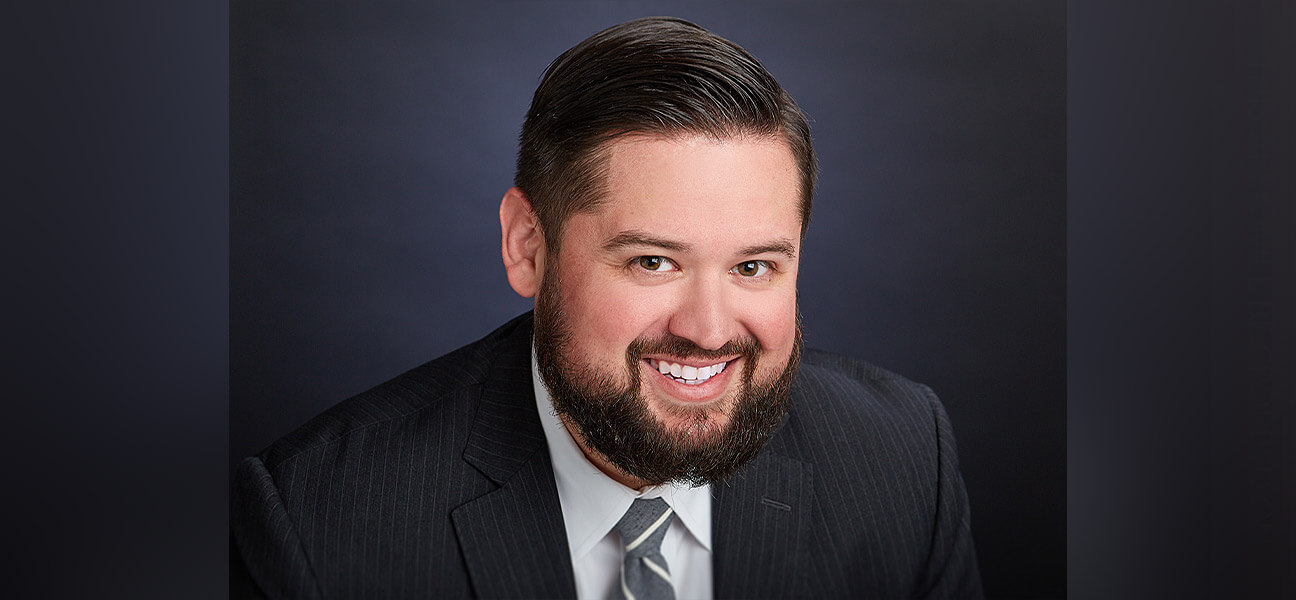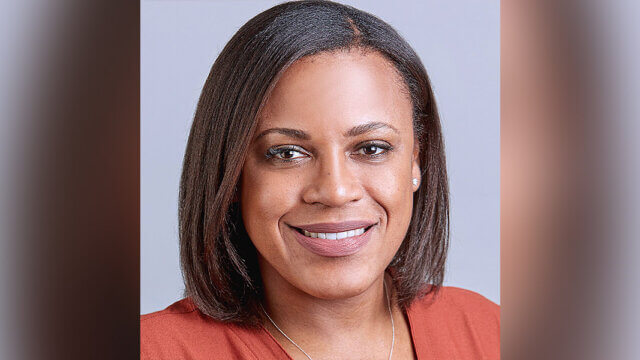By Blake Madril
Profit optimization has proven itself to be one of the powerful differentiators in the hospitality industry, but many success stories tend not to feature limited- and select-service hotels. The all-too-common assumption among many hoteliers is that limited-service hotels don’t benefit from revenue management technology and practices when compared to full-service and resort hotels. Despite this, the user base for this technology among select-service operators continues to increase dramatically.
But why have they waited so long to adopt technology already in the market?
Part of the problem, from the operators’ perspective, is the viability of revenue management technology today versus even a few years ago. These tools may have always helped hotels masterfully control their profitability today, but much of the technology was only accessed by a specific user role pre-pandemic. The hotel community thrives on efficiency if they are to work well across silos or entities. These business leaders also demand evidence, and the pandemic was the ultimate proving ground for modern revenue-management tools and tactics for users at all different levels of an organization.
Another factor delaying select-service hotels’ adoption is rooted in the belief that revenue management technology was not skilled at targeting specific hotel niches. In some ways, we had not yet learned the value of thinking small or micro-strategizing. Hotels spent decades competing to optimize room rates across many room types and drive guests to high-value amenities or outlets—and these are often two areas where select service may offer few points of differentiation.
Select-service hotels sought answers to optimizing smaller profit margins, more impactful competitive pressures and shorter booking windows, but too many felt the available tools quickly left their circumstances out of the equation. This is quickly becoming less and less the case as solving these unique challenges becomes more inextricably linked to automated, data-driven decisions. Instead, major brands, owners and management groups now embrace revenue science regardless of their property size, historical ADRs or ancillary offerings.
Breaking old habits with new ones
Revenue management technology has been around for more than 40 years, but that’s a drop in the bucket for the broader history of travel and hospitality. For as long as rooms have been rented, hoteliers set a single rate for an undefined period and let the bookings roll in. Then the airlines introduced hotels to yield management in their effort to maximize all legs of a flight trip and thus began hotels’ experimentation with revenue-management techniques to inch toward maximizing their nightly yield on revenue. The “why” we do it is clear and still relevant, but “how” we do it is where old habits can wreak havoc. Breaking that habit, and in some cases the foundation altogether so it can be rebuilt stronger, has been anything but easy.
Hoteliers have expectations and rely on internal and external forecasts to help define their short- and long-term success. Some operators find it reassuring to set a rate and know what it is at any given moment. However, an emerging competitive advantage, and not just defending an existing one, comes from diverging from the strategies that are beholden to the limitations in which you can measure them, and that is how hotels can evolve to outcompete.
This competitive advantage almost always includes some form of speed to market as a necessary component since booking windows are more often shrinking, even if pricing strategy is designed to encourage alternative behavior. Today, certain hotel chains experience 50% of bookings within 24 hours of arrival date, and 80% book within 72 hours of arrival. Hotels that remain as dynamic as possible during that activity window will reap the greatest benefits. This means smart changes to strategy, not simply changes for the sake of change.
Find a way to plug ‘n play
With more hotels using pricing, merchandising and distribution technology, competition for bookings is intensifying in volume and sophistication. However, over half a million hotels employ some level of manual revenue management strategy, and only a small fraction of those are tapping into proper automated pricing and inventory strategies in their technology. Included among this fraction of hotels are some of the most successful properties in the industry.
Now, let’s return to select-service hotels again; they represent the largest volume of a hospitality service-level segment worldwide, and it’s becoming increasingly clear that technology is necessary for implementing profit optimization across their business as well. The most significant value to limited and select-service operators today comes from the automation achieved in revenue management technology, not just the actual price optimization. Select-service technology must allow a user to be hands-off in a way these properties or varying job roles may demand. Hotels looking for a plug-and-play solution have finally found one.
In addition to automation, the requirements of managing day-to-day revenue management have narrowed, with more revenue managers today overseeing multiple properties. What once took several weeks of learning and exhaustive validation can now be completed in a fraction of the time, and even a scarce user can complete everyday tasks quickly in a guided manner. These next-generation tools have become more widely available and more accessible, particularly for hotels with limited resources or resources limited in their bandwidth to learn clunky software.
Smart decisions require context, or in this case, “data.” The missing link for many select-service hotels is technology that serves this data up at a hotelier’s moment of need. Revenue technology is invaluable for creating context in today’s rapidly changing environment. Select-service hotels seek the confidence to validate decisions based on current demand trends and react to the most critical situations requiring their attention. When prioritized and done right, humans should be leaning on their tools and technology to prioritize this to make the best strategic decisions for their business.
Blake Madril is principal industry consultant with IdeaS. With nearly two decades of hospitality, travel technology and digital transformation expertise, he has a strong background in hotel business strategy, travel industry trends and revenue management consulting.
This is a contributed piece to Hotel Business, authored by an industry professional. The thoughts expressed are the perspective of the bylined individual.


